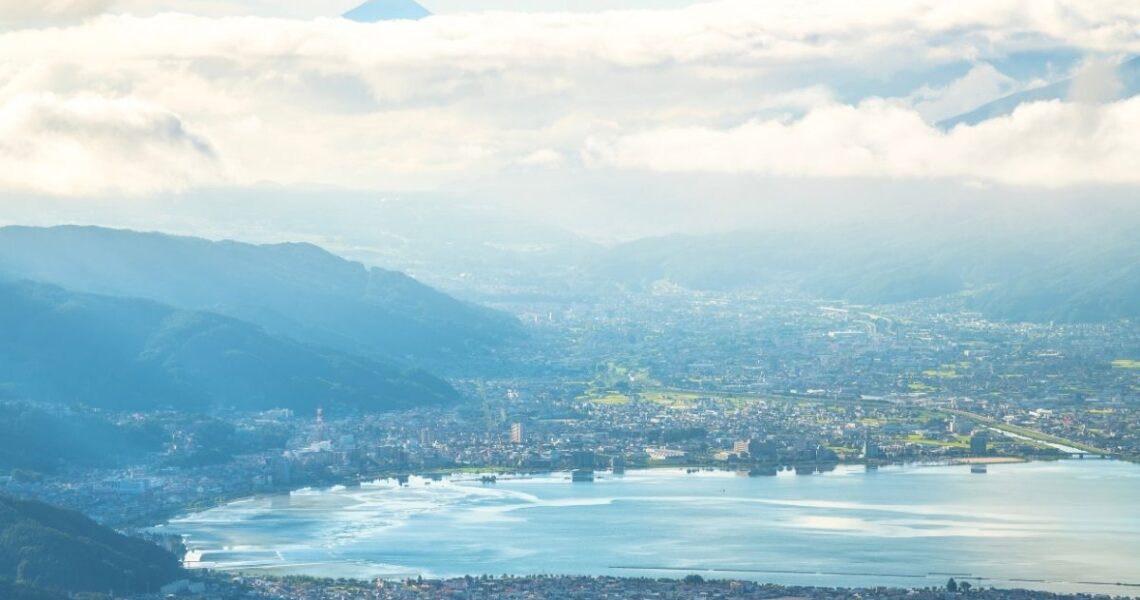Are you ready to dive into the savory world of Takeya Miso? Before we embark on this flavorful journey, let’s take a moment to explore the rich history of miso in Nagano, understand what makes Shinshu miso so special, and unravel the captivating story behind Takeya Miso.
The Essence of Shinshu Miso
Nagano Prefecture, known as “Shinshu” in the local vernacular, holds a prominent place in Japan’s culinary heritage, especially when it comes to miso. It’s a province where miso isn’t just a condiment but a cherished tradition. In fact, Nagano takes pride in producing over 40% of Japan’s miso, a remarkable feat that has put it on the miso map. Shinshu miso, the pride and joy of Nagano, is a rice miso crafted with precision, blending rice koji and soybeans.
It’s renowned for its delicate, pale hue and a robust, umami-rich flavor that dances on the taste buds. This miso masterpiece is predominantly produced in the heart of Nagano Prefecture, aptly referred to as Shinshu, where generations of artisans have perfected the craft of miso making. The result? A mild, savory, and slightly salty miso that’s as enchanting as the region it calls home.
Now, let’s delve into the heartwarming tale of Takeya Miso, which finds its roots in the charming Suwa City, Nagano.
A Glimpse into Takeya Miso’s Past
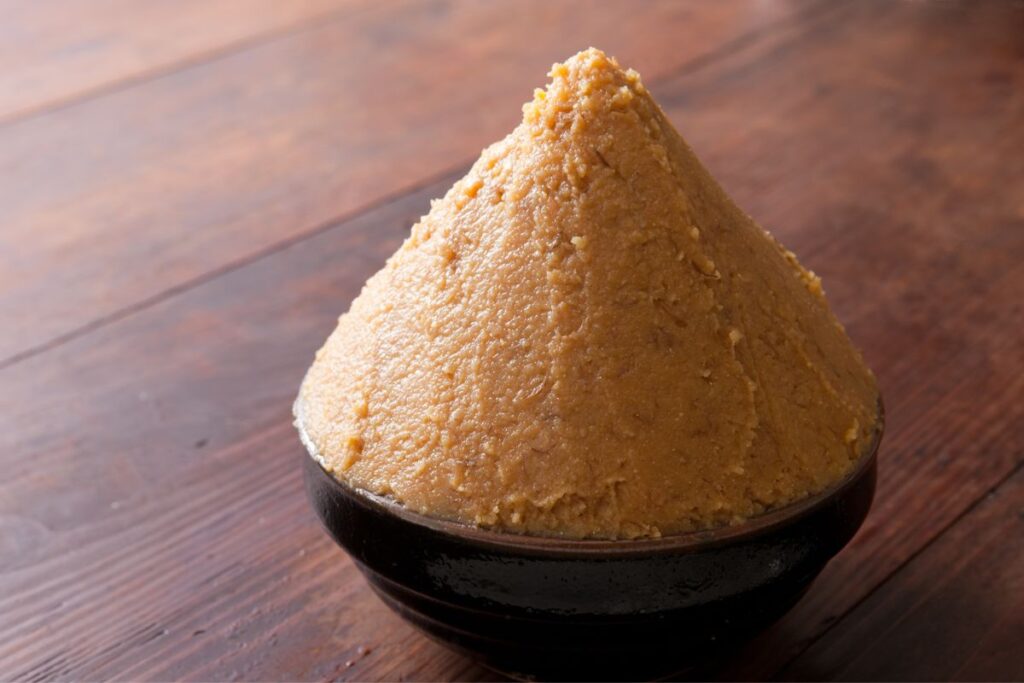
Among the array of Shinshu miso varieties, one standout is Takeya Miso, which traces its roots to Suwa City in Nagano. Suwa City, blessed with pristine waters from the Kirigamine Plateau and the Northern Alps, enjoys a climate characterized by significant temperature variations—a perfect environment for cultivating the microorganisms essential for miso production.
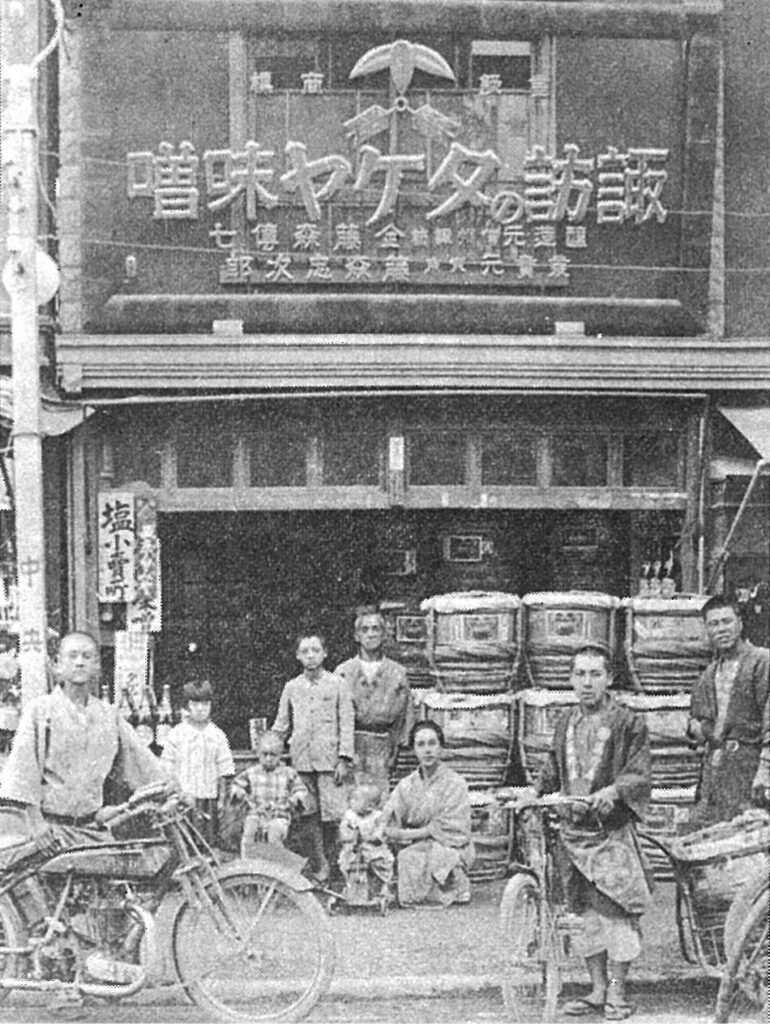
The founding of Takeya Miso is believed to date back to the year 1872, during the early years of the Meiji era. In those days, making miso at home was a common practice throughout Shinshu. Takeya’s primary business back then was the sale of rice and charcoal. The customers purchasing miso were mainly government officials who had come from Tokyo. In Tokyo, buying miso was already a common practice, so it is said that these individuals were Takeya’s first customers.
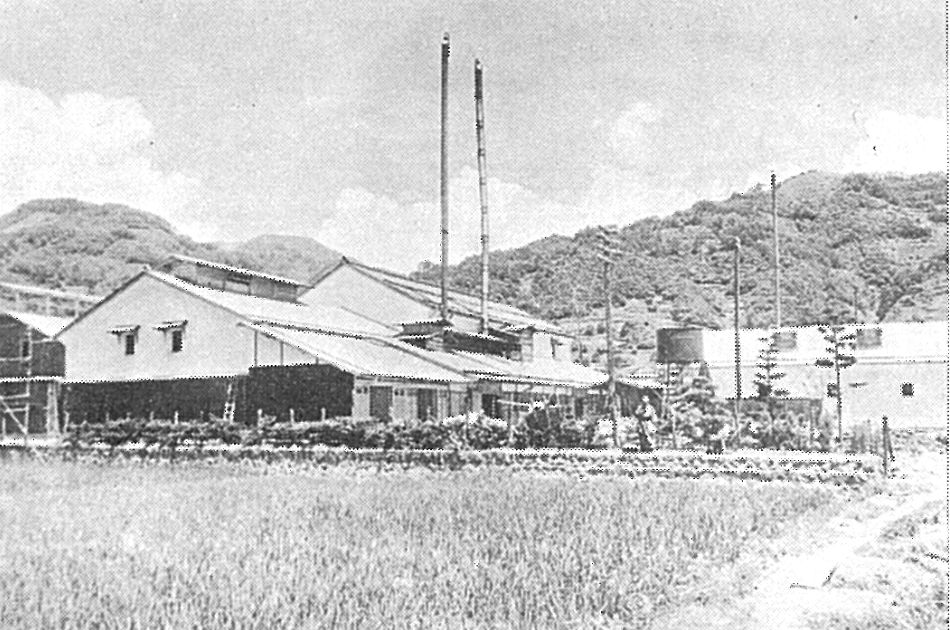
However, it was the Great Kanto Earthquake of 1923 that significantly altered the fate of Takeya Miso. From Suwa, which already had a well-established railway system, a substantial quantity of miso was shipped to Tokyo as relief supplies. The miso received rave reviews in Tokyo, prompting Takeya to initiate full-scale sales in Tokyo and beyond.
In response to the growing demand, Takeya transformed into a specialized miso manufacturer in 1939. In the post-war period, Takeya Miso swiftly adapted to the changing times. They introduced miso in convenient packaging for supermarkets and actively engaged in advertising through mediums such as television commercials. These efforts led to expanding their customer base, making Takeya Miso a beloved household name.
Discovering Suwa City: Home to Takeya Miso
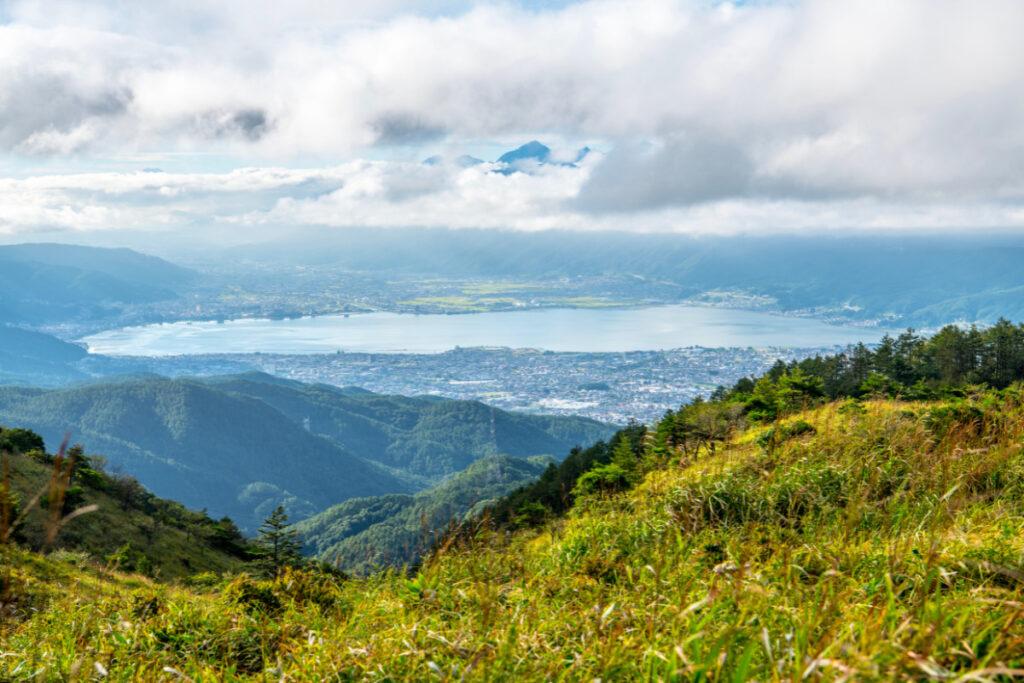
Suwa City is nestled in the heart of Nagano Prefecture, enjoys excellent accessibility from major metropolitan areas with travel times of about 2 hours from Tokyo by train or car and around 2.5 hours from Nagoya.
The city boasts a wealth of natural beauty and tourism resources, surrounded by the Kirigamine Plateau to the north, the Southern Alps to the southeast, and the Northern Alps to the northwest, offering breathtaking vistas.
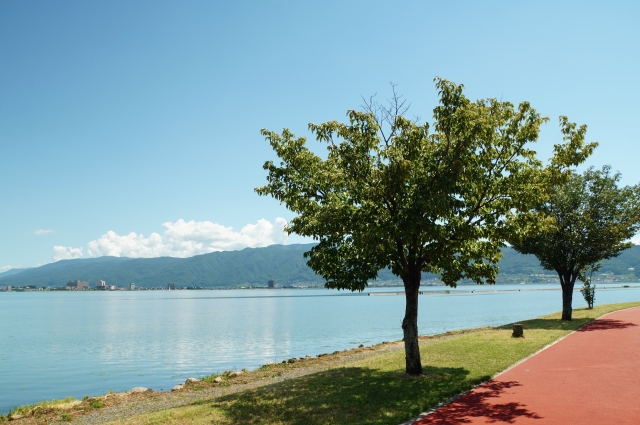
The serene shores of Lake Suwa provide ample opportunities for activities such as jogging, hiking, cycling, and leisurely strolls, all amidst the backdrop of majestic mountains and pristine waters. Moreover, Suwa City is steeped in historical and cultural richness, with attractions like Suwa Grand Shrine and Takashima Castle, making it a destination that seamlessly blends tradition and modernity. It’s also a hub for precision manufacturing, adding to its diverse appeal.
Particularly noteworthy is the influence of natural factors like the water flowing from the Yatsugatake and Kirigamine Plateau, significant day-night temperature variations, and the pristine air—conditions that have nurtured a thriving brewing culture, giving rise to numerous sake breweries and miso producers that continue to flourish in Suwa City.
In your quest for an authentic culinary adventure in Nagano, be sure to savor the flavors of Shinshu miso, with a special nod to Takeya Miso. It’s a taste of history, tradition, and the natural beauty that defines this remarkable region.
Where to Buy Takeya Miso

If you’re eager to get your hands on Takeya Miso and embark on your umami adventure, look no further. We’re thrilled to share that you can now find Takeya Miso at the New Hatchin Japanese grocery shop in Manila. This is your passport to a world of authentic Japanese ingredients and flavors, right here in the heart of Manila. New Hatchin is your one-stop destination for discovering the best of Japanese culinary treasures, and, of course, Takeya Miso takes pride of place on their shelves.

